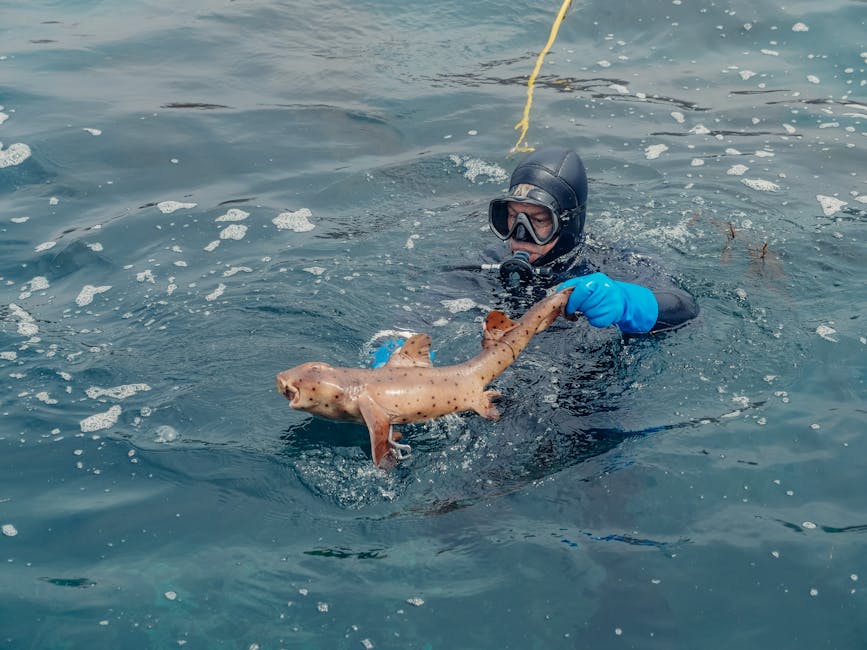The Unfinished Symphony: Ellie’s Immunity and the Elusive Cure
The Last of Us, both the game and the HBO adaptation, captivated audiences with its post-apocalyptic world ravaged by a mutated Cordyceps fungus. At the heart of the story lies Ellie, a young girl immune to the infection, sparking hope for a cure. But could she have actually delivered a vaccine? This deep dive will explore the scientific plausibility, the narrative choices, and the complexities surrounding Ellie’s potential to eradicate the fungal pandemic.
The Science of Ellie’s Immunity: Fact and Fiction
The premise of The Last of Us hinges on the fictionalized behavior of the Ophiocordyceps unilateralis fungus, a real-world parasite that infects ants. While the game’s Cordyceps is dramatically exaggerated – transforming humans into aggressive, zombie-like creatures – the basic premise of fungal manipulation of hosts is rooted in reality. Ellie’s immunity, however, is a significant departure from known scientific principles.
The question isn’t just about her immunity; it’s about the *type* of immunity. Is it innate, a genetic predisposition present from birth that grants complete resistance? Or is it an acquired immunity, developed perhaps through exposure to a milder strain or a unique immune response to the infection? The narrative leaves room for both interpretations, yet neither fully explains how a viable cure could be developed.
Current understanding of immunology suggests that a complete cure would require understanding the precise mechanism of Ellie’s immunity. Is it a specific antibody? A unique immune cell response? Or something far more complex and presently unknown? Without this understanding, extracting the cure from Ellie poses a significant challenge.
The Challenges of Extracting a Cure from Ellie
Even assuming Ellie’s immunity is understandable and reproducible, extracting a cure presents significant obstacles. Consider the following:
- Sample Acquisition: Obtaining sufficient biological samples from Ellie, without harming her, would be a significant hurdle. The process requires careful consideration to minimize risks and maximize the yield of relevant material.
- Viral Load Variation: The Cordyceps fungus likely exhibits variations in its virulence. A cure derived from Ellie’s immunity to one strain might not be effective against others, requiring multiple iterations or a more broad-spectrum approach.
- Ethical Considerations: Harvesting Ellie’s immunity, regardless of the method, raises serious ethical concerns. The process could potentially endanger her health, forcing a difficult choice between the survival of humanity and her personal well-being. This conflict is a central theme throughout the story.
- Genetic Engineering and Clinical Trials: The successful isolation of the key elements of Ellie’s immunity would need to be followed by extensive genetic engineering to produce a viable vaccine or treatment on a large scale. This necessitates rigorous clinical trials, including animal testing and human trials, which take years and require vast resources.
The Narrative’s Ambiguity and Intentional Limitation
The Last of Us intentionally avoids providing a definitive answer about whether Ellie could have truly provided a cure. This ambiguity serves the narrative in several ways:
- Maintaining Suspense and Tension: The constant hope and fear surrounding the potential for a cure drive the narrative forward, keeping the audience engaged.
- Highlighting the Human Cost: The struggle to find a cure is not merely a scientific challenge but a human one, with profound ethical dilemmas and emotional toll on Ellie and those around her.
- Reflecting the Limitations of Science: The game (and show) acknowledge the unpredictable nature of scientific progress and the difficulties in translating scientific breakthroughs into practical solutions. A simple, easily achievable cure would diminish the impact of the story’s core themes.
Alternative Approaches to a Cure: Beyond Ellie’s Immunity
While Ellie’s immunity offers a potential shortcut, it’s crucial to note that other approaches to combating the Cordyceps infection exist, either implicitly or explicitly suggested in the narrative. These could include:
- Anti-fungal medications: The development of novel anti-fungal drugs, specifically targeted to the mutated Cordyceps, could offer a more broadly applicable solution.
- Genetic Modification of the Fungus: Researching ways to alter the fungus’s genetic makeup to reduce its virulence or eliminate its ability to infect humans might also yield a solution.
- Targeting the Infection Mechanism: If scientists could understand the precise mechanism by which the fungus takes over the host’s brain, it could be possible to develop treatments that interfere with this process.
Conclusion: Hope and Uncertainty in a Fungal Apocalypse
The question of whether Ellie could have delivered a cure in The Last of Us is not a simple yes or no. The narrative deliberately blurs the lines between scientific possibility and narrative license. While her immunity holds the promise of a cure, the practical difficulties of extraction, the ethical considerations, and the time-consuming nature of vaccine development all contribute to a sense of uncertainty.
Ellie’s story is ultimately a testament to the resilience of humanity and the complex interplay between hope and despair in a world ravaged by a devastating pandemic. The possibility of a cure remains a tantalizing prospect, a driving force in the narrative, but its ultimate attainment is perpetually shadowed by the harsh realities of survival and the human cost of progress.
The true value of Ellie’s immunity may not lie in its direct application as a cure but in the scientific knowledge it could unlock, leading to future research and advancements that could finally defeat the Cordyceps infection. This lingering uncertainty, this open question, is precisely what makes Ellie’s role so compelling and the story of The Last of Us so enduring.

